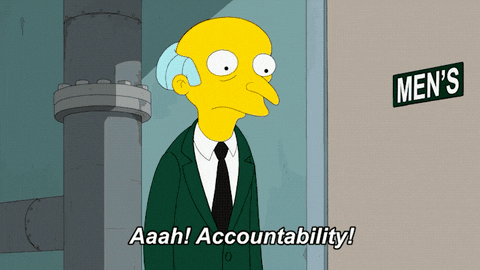This past Friday our EdTech class participated in an EdCamp, an event I have never been exposed to before. A number of other people associated with the education community ended up joining in for an event that was ultimately very inspiring and eye-opening. Some of those that joined us were students from other universities, as well as education professionals around BC, and I believe one or two from abroad. It was really great to see how easily Zoom allows so many different groups of people to come together.
The different topics being discussed in the break-out rooms had initially been decided by our class. As more people signed up for the camp, certain topics were “up-voted” by all the participants and were, consequently, selected to for the camp’s topics. I started out in the “How to Use Group Work in the Classroom in an Effective Way” room. As the conversations started to get rolling, participants started to open up a bit and share some person insight into their experiences with group work. It was really great to hear from some of the members of the other University’s teacher education program. They essentially relayed similar experiences that our cohort has encountered with group work. One great suggestion concerning how to get each group’s members to contribute and feel included was that each group member should have a designated role.
This role, which can change week to week if desired, allows for a fair distribution of the workload, and also creates an accountability structure that removes a significant amount of the pressure to ensure everyone is working at a sufficient pace and level. I think we have all had group projects at one time of our lives in which certain group members do not pull their fair share of the work.

Gif of John Oliver slamming his fists on the table while exclaiming, “its not fair”.

Kids from Saved By the Bell performing a group cheer as the word Teamwork appears.
It was, therefore, suggested that some sort of split – maybe 50/50, or some other combination, should be used while assessing group work. One suggestion that was made, which makes a lot of sense to me, was to get each group member to assess each of the other group members performance and contribution, as well as their own, and have this assessment contribute to each member’s grade. Overall, the ideas presented throughout these conversations came together spontaneously in ways that made me excited to be a part of a new generation of educators, looking for solutions to problems we’ve all experienced throughout our own education. The ideas presented got me thinking about aspects of teaching I hadn’t fully considered, such as marking group work, and I left this Camp with a feeling of wanting to continue a number of these conversations. These are only just a couple of the highlights from the day and they likely don’t reflect the depth of conversation that was had. I’m glad to have been able to participate in this inspiring event, and I look forward to the next one, as well as just continuing to connect with the community of educators, both online and in person.
Since the start of this program, I have become increasingly excited about the opportunities to engage with fellow students and professional educators. I have been exposed to online collaborative events like these and social media sites like Twitter and have, in the process, started to feel more comfortable and interested in connecting with the education community. Through pushing myself out of my comfort zone and embracing these new networking modalities, I’ve realized that many of my initial hesitations around establishing new connections with this community were actually quite silly. I have a healthier perspective now that I’m further into this program and I’m even surprised that I’m looking forward to future events that I can pick people’s brains about educational concepts and continue to build up a network of like-minded colleagues.




Leave a Reply
You must be logged in to post a comment.